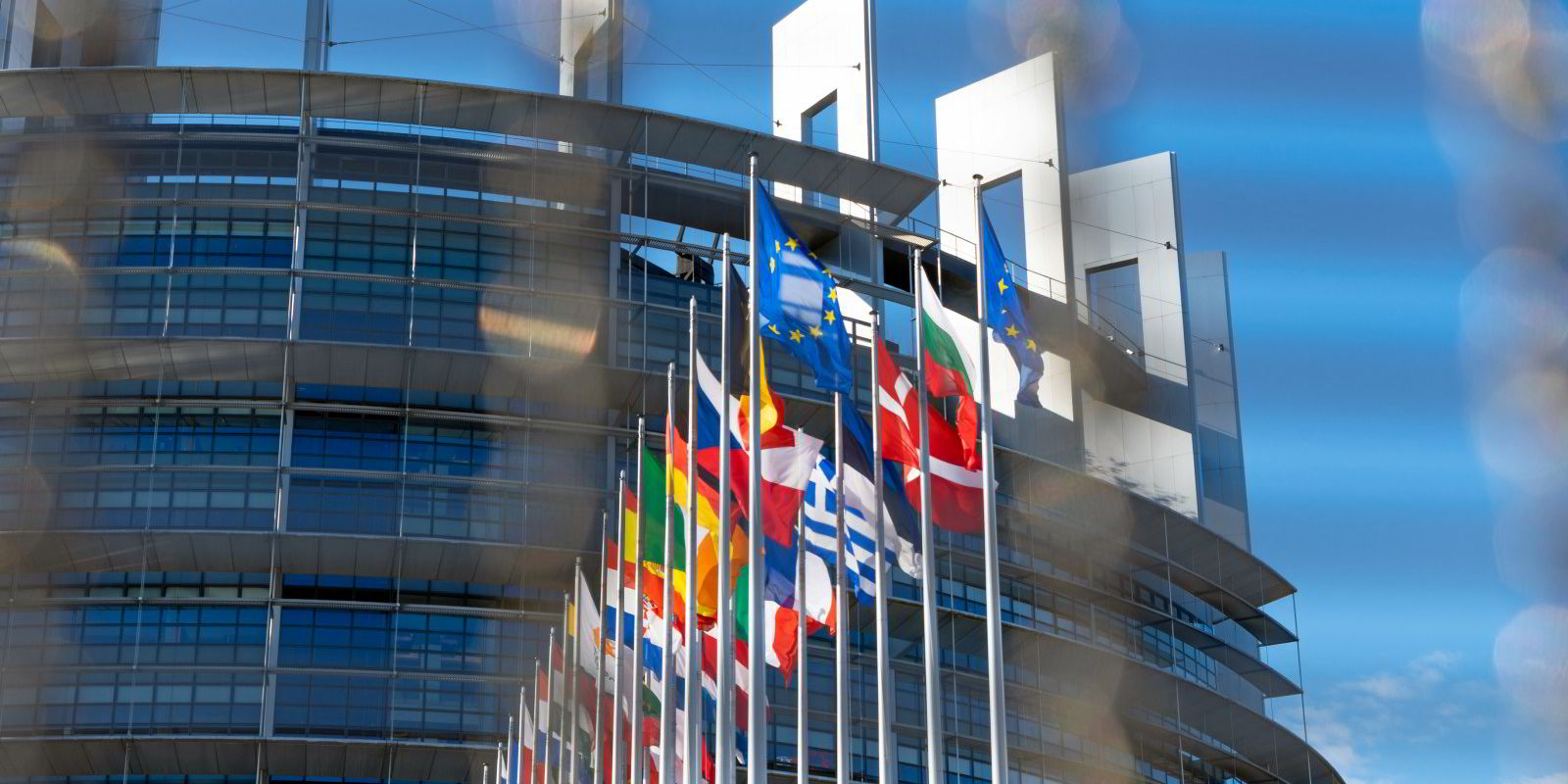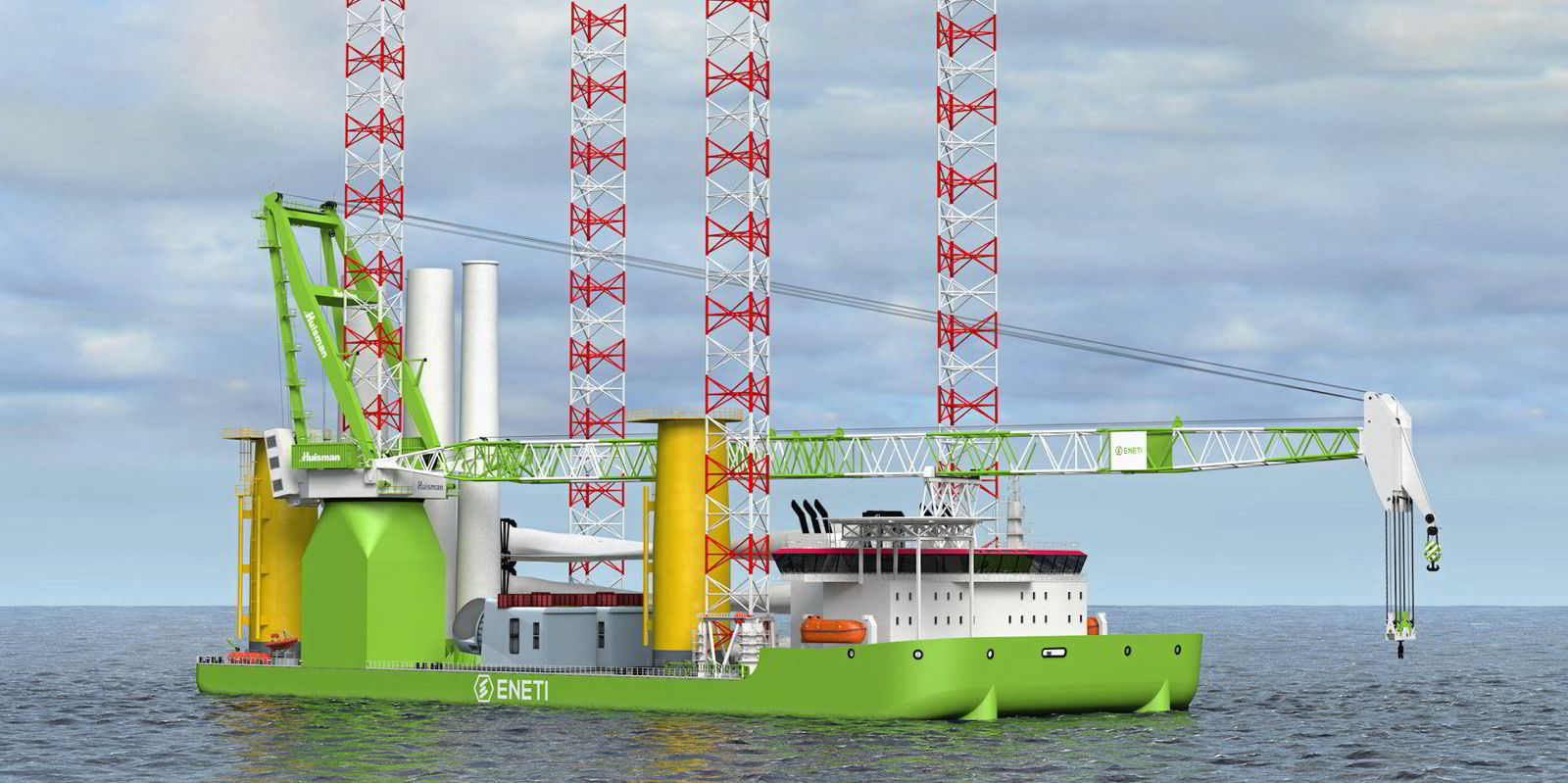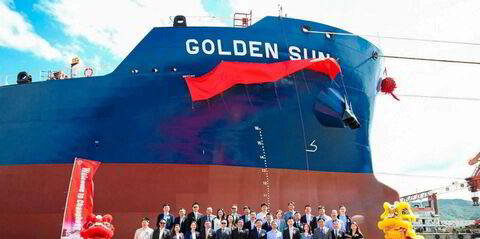The European Union's Emissions Trading System (ETS) needs reform if it is to be effective in spurring greenhouse gas cuts by shipping, a report has found.
Consultancy UMAS, which undertook the review for green group Environmental Defense Fund Europe (EDF Europe), found that the EU ETS needs to be expanded and have a hard cap on shipping emissions, and reinvest revenue into shipping's decarbonisation.
"The shipping sector's high abatement costs point to the need for an ETS which is tailored to support in-sector abatement," said Sophie Parker, a principal UMAS consultant and lead author of the report.
"In the absence of a global carbon price, this could come from either a shipping ETS that places restrictions on the purchasing of out-of-sector allowances or coupling the EU ETS proposal with supply-side policies like subsidies which incentivise the uptake of scalable zero-carbon fuels."
The EU has run a cap-and-trade scheme for carbon emissions since 2005, but shipping will be included in January.
Calls for expansion of ETS' application to shipping will doubtlessly find critics in the industry, where many have bristled at decarbonisation rules that are outside the International Maritime Organization's regulations.
UMAS and EDF Europe described the ETS plan as a positive step, because it means some of shipping will be subject to a carbon price this decade.
However, the UMAS report concluded that under the current proposed format, the EU ETS may not make significant contributions to emissions cuts.
And it may not do enough to incentivise investments in fuels that have zero emissions throughout their well-to-wake life cycles and are scalable.

UMAS believes a higher carbon price is needed. Even the recent ETS record of €67.75 ($76.31) per tonne of CO2 would not do enough to close the gap between zero-carbon and fossil fuels, with $200 per tonne of carbon the ideal price tag in previous analysis by the consultancy.
And UMAS see benefits in widening the area covered by the scheme.
The current EU ETS plans will cover shipping emissions for voyages within the European Economic Area, and half of the carbon pumped out in trips between that area and the rest of the world.

Hiking that to full coverage of voyages that connect Europe to other parts of the world would mean 70% of shipping's emissions would be covered.
"The EU Emissions Trading System’s inclusion of shipping is a can’t-miss opportunity to clean up the climate impacts of shipping," said Panos Spiliotis, manager of international climate at EDF Europe.
The European Commission plans to phase in shipping into the ETS scheme, with 20% of emissions on European voyages covered for 2023 rising gradually to 100% in 2026.
The European Community Shipowners' Association (ECSA) has called for changes of its own to the scheme.
The trade group agrees that a sector-specific fund should be set up to reinvest ETS maritime revenue into shipping's decarbonisation.
And the ECSA has called for the costs of ETS compliance to be passed through to commercial operators, rather than shipowners, according to a November policy paper.




